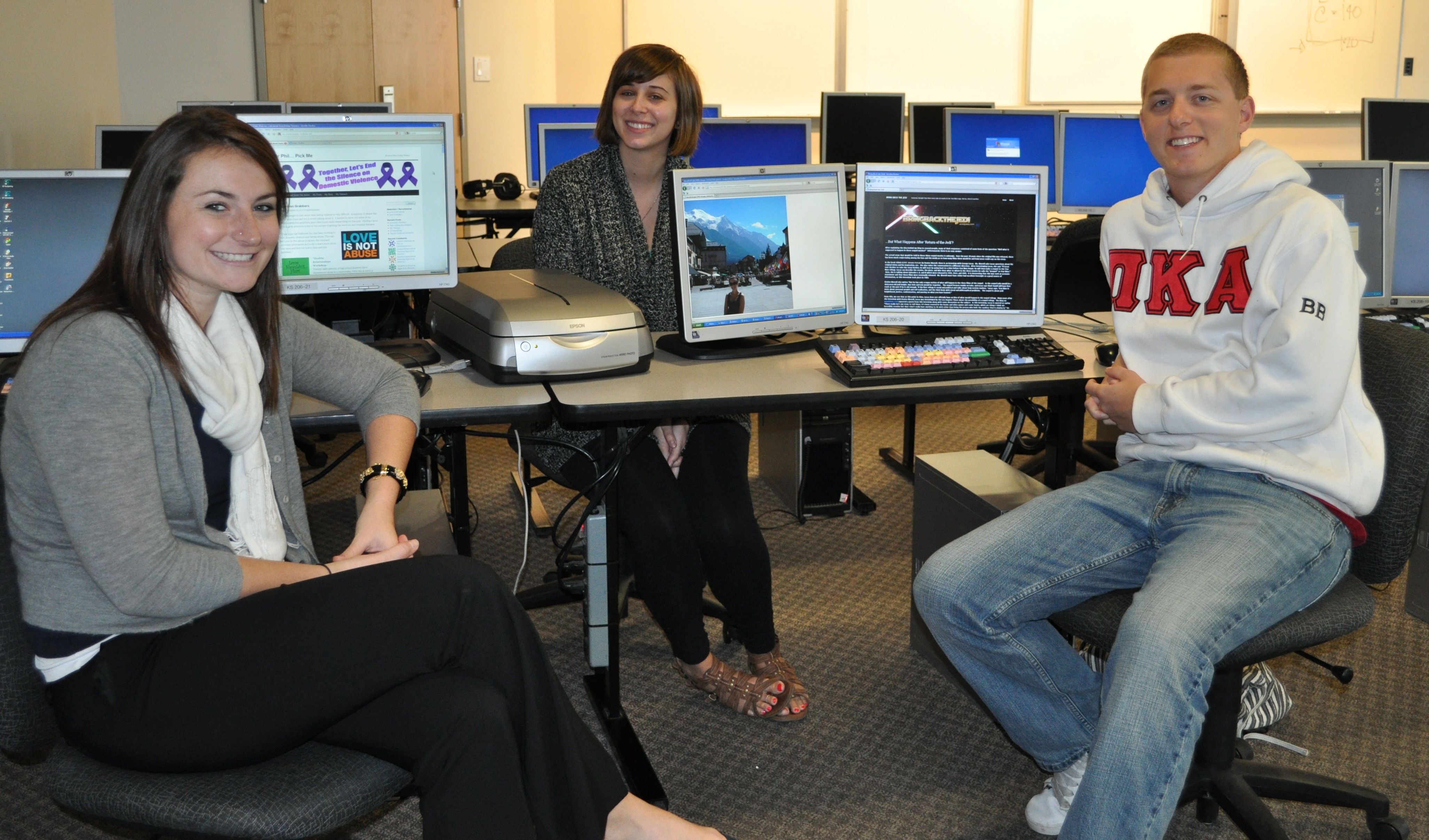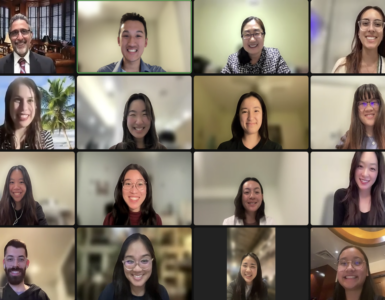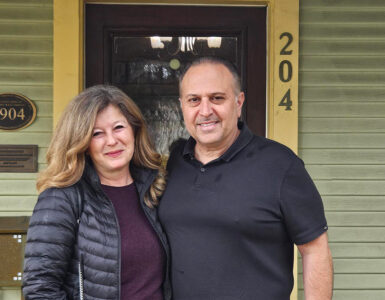
There’s nothing new about college students wanting to change the world. What’s new in Professor Cory O’Connor’s classes is how students carry out their cage rattling – with blogs.
Forty-eight blogs were launched this fall by students in the Internet Communications classes taught at Dodge College of Film & Media Arts by O’Connor, the former senior vice president at The Disney Channel. Students were challenged to choose topics close to their hearts, identify a change they would like to see and zoom in on someone or an organization that could potentially bring about the change.
It fits smoothly with Chapman University’s fundamental goal to educate global citizens, Professor O’Connor says.
“The assignment asks them to think about where there is one small thing – or a big thing – where they could do something to make the world a better place,” he says.
The persuasive campaigns ranged from political and social issues to pop culture concerns. One student used the assignment to call on Congressman Dana Rohrabacher to take up the cause of shrinking fish populations and the troubles of recreational anglers. Another targeted MTV’s programming choices. Some were deeply personal, including one blogger’s decision to share her own experience with dating violence, in hopes of attracting the attention of a talk show on which she can reach a larger audience with her powerful message.
At first brush the assignment may sound like a breeze for young adults weaned on social media. But students had to acquaint themselves with the inner workings of the online blog platform WordPress, plan and write 10 posts, read their classmates’ blogs and post at least 25 comments among the nearly 50 blogs. And no fair dumping all your posts and comments in 24 hours and calling it good. The idea was to build momentum and conversation over time. Photos, videos and links — the bricks and mortar of a blog — were expected as well. So, too, were the old-school skills of professionalism and demonstration of The Golden Rule – the idea was to persuade, not badger.
Finally, students had to discuss grading standards because for this assignment, they graded each other.
“It’s harder than you think. There’s a lot of planning and execution,” says senior Allen Baclig, who created
MTV: Back to the Future with Music
to call on MTV to shift away from reality television and return to its roots of music programming.

“Each post has a purpose,” Professor O’Connor told the students during a recent class session. “You’re laying down your posts end on end, giving back up that makes your case more compelling.”
O’Connor has used the assignment for five years. At first, students blogged about “nice and charming” topics, from pickles to campus dining, he says. Over time, though, student topics have become more sophisticated and passionate.
One student is so faithful to her cause that she has continued to post to her blog beyond the assignment’s conclusion. Senior Sarah Van Zanten’s blog
Dr. Phil…Pick Me
is aimed at convincing the producers of the
Dr. Phil show
to expand their “End the Silence on Domestic Violence” series to include an episode on teen dating violence and invite her onto the program to talk about what parents and teens need to know about the problem and its warning signs.
The topic was not new to Van Zanten, 21, who has spoken out on the issue in radio and television appearances and numerous classroom visits. She also is a member of the Liz Claiborne Teen Task Force, which helped launch the
National Teen Dating Abuse Helpline
. But the idea of blogging had never occurred to her until this assignment. The experience has convinced her that it’s a good platform for both her message and readers’ comfort level.
“After each speech I gave I would get responses, but I understand it is difficult to come up and speak with me in a room full of peers. I have gotten more personal responses to the blog via e-mail and Facebook and feel this is a new way to speak out, and the viewer can talk with me anonymously and get the help they need,” Van Zanten says.
That kind of interaction is one of the best aspects of social media, particularly blogging, Professor O’Connor says.
“It’s your printing press. It’s your publisher,” he explains. “If you are passionate and credible you can build readers, becoming an expert on your topic.”
And in some small way – or maybe even more – those bloggers just might change the world.
To see more of the student blogs, visit their Scribd. website.




there is nothing mentioned about the other section. we all feel left out.
Thanks for your comment. Alas, time restraints prevented us from visiting both sections of the class. That was one reason why we included the scrbd.com site, so that curious readers could drill down for more information about the numerous other blogs.